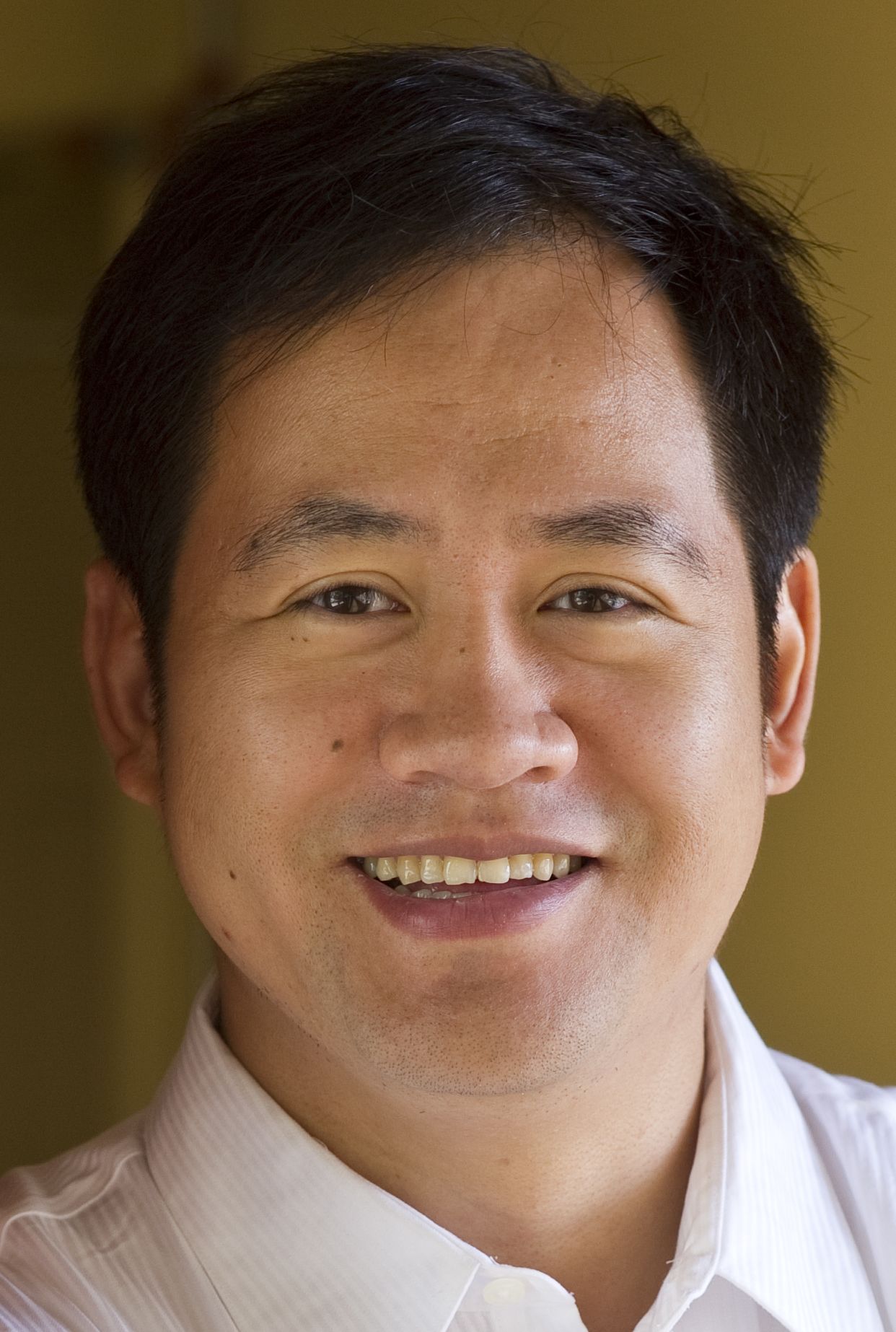
CQE PI Feature – Ju Li
Featured in QSEC April newsletter 2024
Prof. Ju Li, Battelle Energy Alliance Professor in Nuclear Engineering and Professor of Materials Science and Engineering, works on atoms and algorithms with quantum applications, which can be regarded as the “hardware basis” and “application end” of quantum engineering.
On the “hardware basis”, precisely controlling the atomic degrees of freedom with radiation (photons, neutrons, electrons and ions), including the nuclear spin, so that materials and defects can work as quantum devices (sensors and transducers), is of interest. Recently, Li group and collaborators showed that neutrons can have μeV-deep bound states in nanoscale quantum dots. These hydride nanocrystals of tens of nanometer diameter and the correct nuclear-spin polarization can trap neutrons, whose energy and momentum can be subsequently manipulated by mechanical oscillations of the quantum dot. Utilizing the strong interaction, one of the four fundamental forces in nature, for quantum information processing is quite fun. As another example, Li and collaborators recently showed that magnetic topological insulators such as MnBi2Te4 can efficiently mediate microwave-to-optical transduction. Microwave (GHz) is the typical energy scale of spin transitions in the nitrogen-vacancy center in diamond, as well as superconducting transmons, which are stationary qubits. But quantum communication may prefer optical photons as flying qubits with frequencies four-to-five orders of magnitude higher due to the fiber optic network. Therefore, efficient microwave-to-optical signal transduction is essential for quantum communication and quantum networks. In these works, Li group has collaborated frequently with Prof. Paola Cappellaro’s group.
Li and collaborators in Department of Nuclear Science and Engineering (NSE) have developed a theory called optonuclear quadrupolar (ONQ) effect, where two photons (100 THz and above) are used to manipulate nuclear spins that typically evolve at much slower (~MHz) timescales. The ONQ effect has been scoped for potential applications in quantum memory, quantum transduction, isotope spectroscopy, and for inducing population inversion between the isomeric and ground state of 229Th (8.3 eV) that could lead to gamma-ray laser, using a Watt-scale UV-B pumping laser and ultrawide band gap thorium compounds (e.g., ThF4, Na2ThF6, K2ThF6) as the gain medium.
Li group has developed the first ab initio computational method to calculate the temperature shift of spin-transition energies (zero-field splitting, hyperfine interaction, nuclear quadrupole interaction) and zero phonon line (ZPL) in lattice defects, such as nitrogen-vacancy center in diamond, color centers in rare-earth doped oxides, 2D hexagonal boron nitride, etc. Supported by these computational predictions, Cappellaro group has shown that the temperature and strain variations in point-defect qubit ensembles can be largely filtered out in an “unbalanced spin echo” protocol, demonstrating a 20-fold increase in the dephasing time in an ensemble of 1010 nuclear spins in diamond and robust quantum coherence protection.
Li group has worked on deep Elastic Strain Engineering (ESE) where diamond and other wide band gap semiconductors are stressed in tension/shear with greater than 5% elastic strain. They have computationally predicted how the electronic and phonon dispersions vary with the 6-dimensional strain tensor, akin to the chemical degree of freedom in a 7-element alloy in metallurgy. They showed how the charging level and quantum spin-transition energies of a point defect can vary with strain. Recently it was experimentally demonstrated that deep ESE can be achieved in micron-sized or even near-macroscopic regions of diamond, allowing thousands of transistors and quantum sensors to be integrated in one piece of free-standing single crystal. Li group is developing deep learning-based TCAD and first-principles-based constitutive relations for modeling these ESE devices and defects. “When atoms can be perfectly controlled,” Li said, “defect becomes the device.” A previous group member, Cong Su (now an assistant professor at Yale University), is developing the atomic engineering paradigm, where every atom in a 2D material can be simultaneously viewed and dynamically manipulated by a well-collimated electron beam of ~1 Angstrom width, until the “ideal defect” is formed.
On the software or application end of quantum engineering, Li group and collaborators have authored “”Communication-Efficient Quantum Algorithm for Distributed Machine Learning,” Phys. Rev. Lett. 130 (2023) 150602, with Prof. P. Cappellaro, where they showed how quantum communication network can enable efficient machine learning across long distances, where large amounts of data do not need to be transmitted and privacy can be preserved as much as possible. Li group is also developing machine-learning approaches to solving the many-body quantum chemistry problem, where one needs to solve the many-electrons Schrödinger/Dirac equation in order to predict energy and forces of molecules and solids. Li is exploring using hybrid classical-quantum computations to solve these challenging problems for a myriad of practical problems arising in materials science and chemistry, in order to develop green-energy solutions to mitigate the global climate-change challenge. Li is the chief organizer of MIT A+B Applied Energy Symposia that aim to develop solutions to global climate change challenges with “A-Action before 2040” and “B-Beyond 2040” technologies. “There is not a lot of time left to come up with solutions to revamp our fossil-fuel based economy,” Li said, “quantum and AI can help.”




Copyright © 2022-2023 MIT Center for Quantum Engineering – all rights reserved – Accessibility


